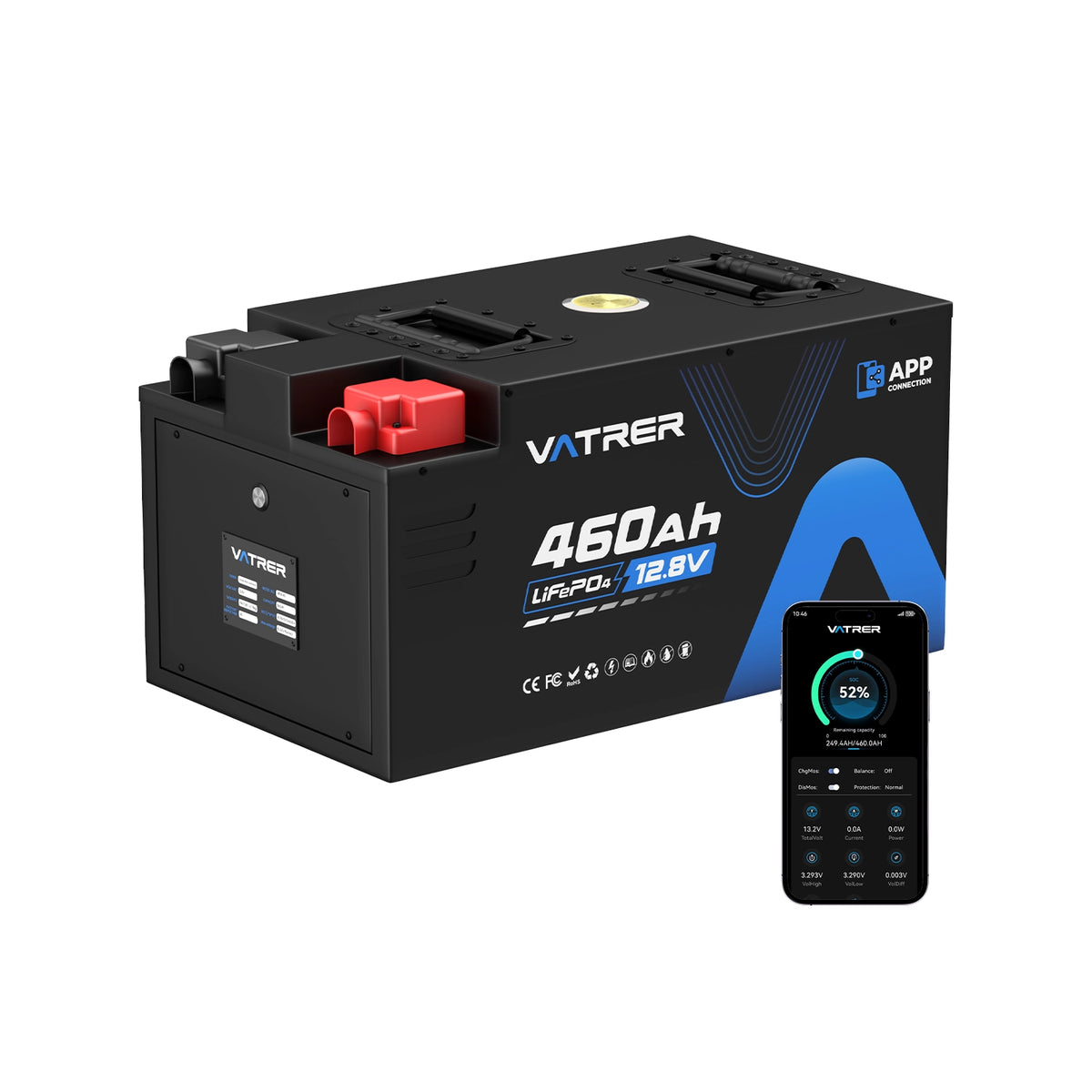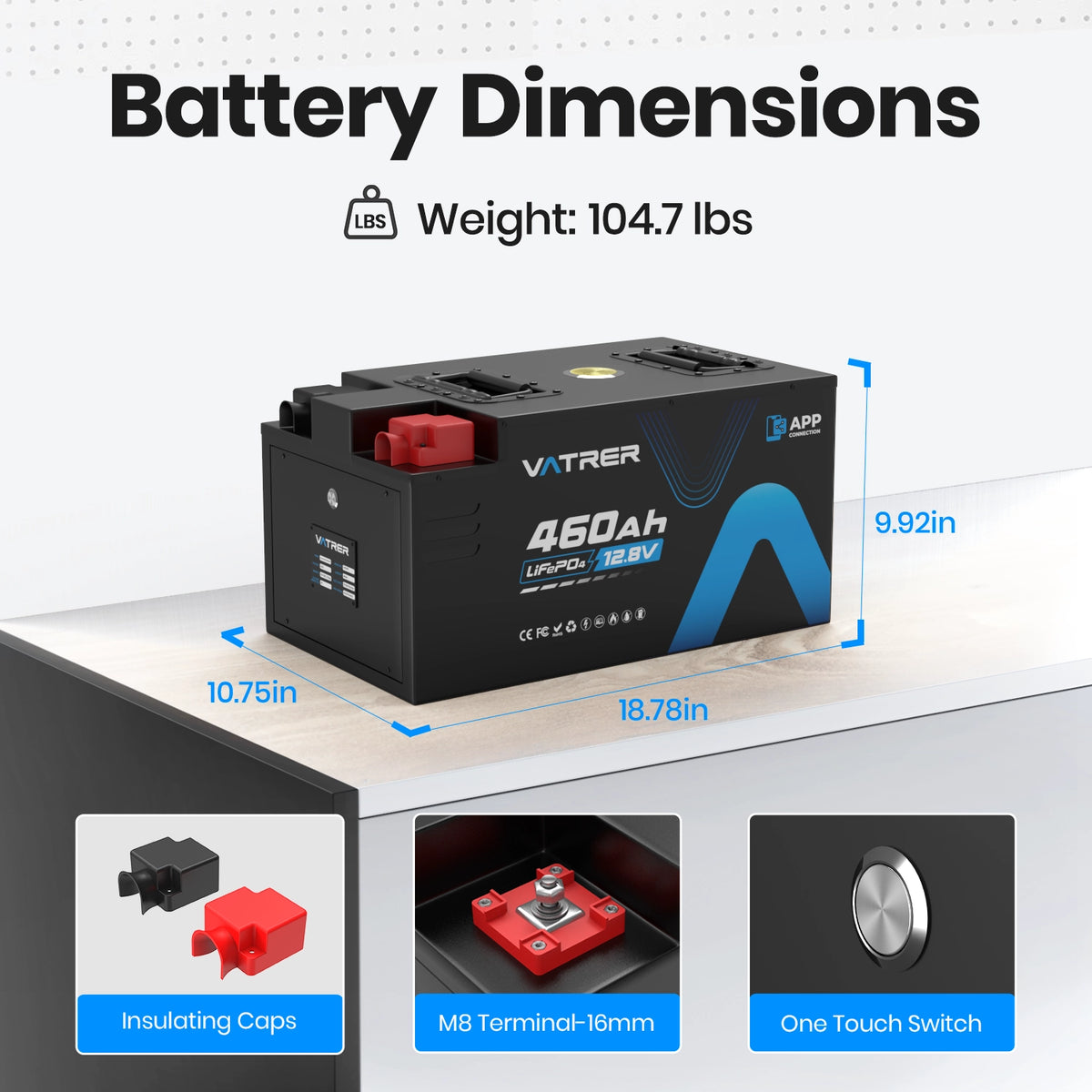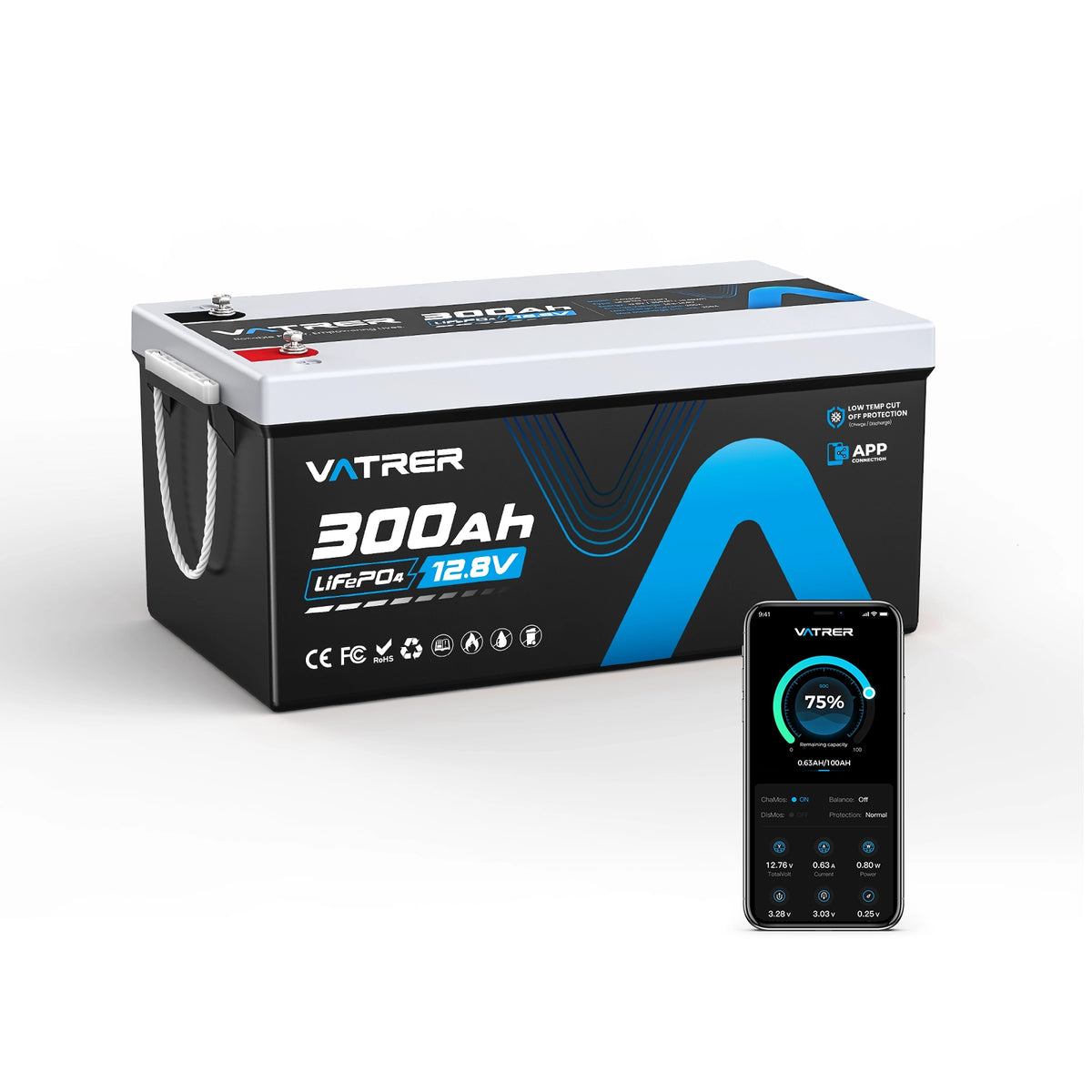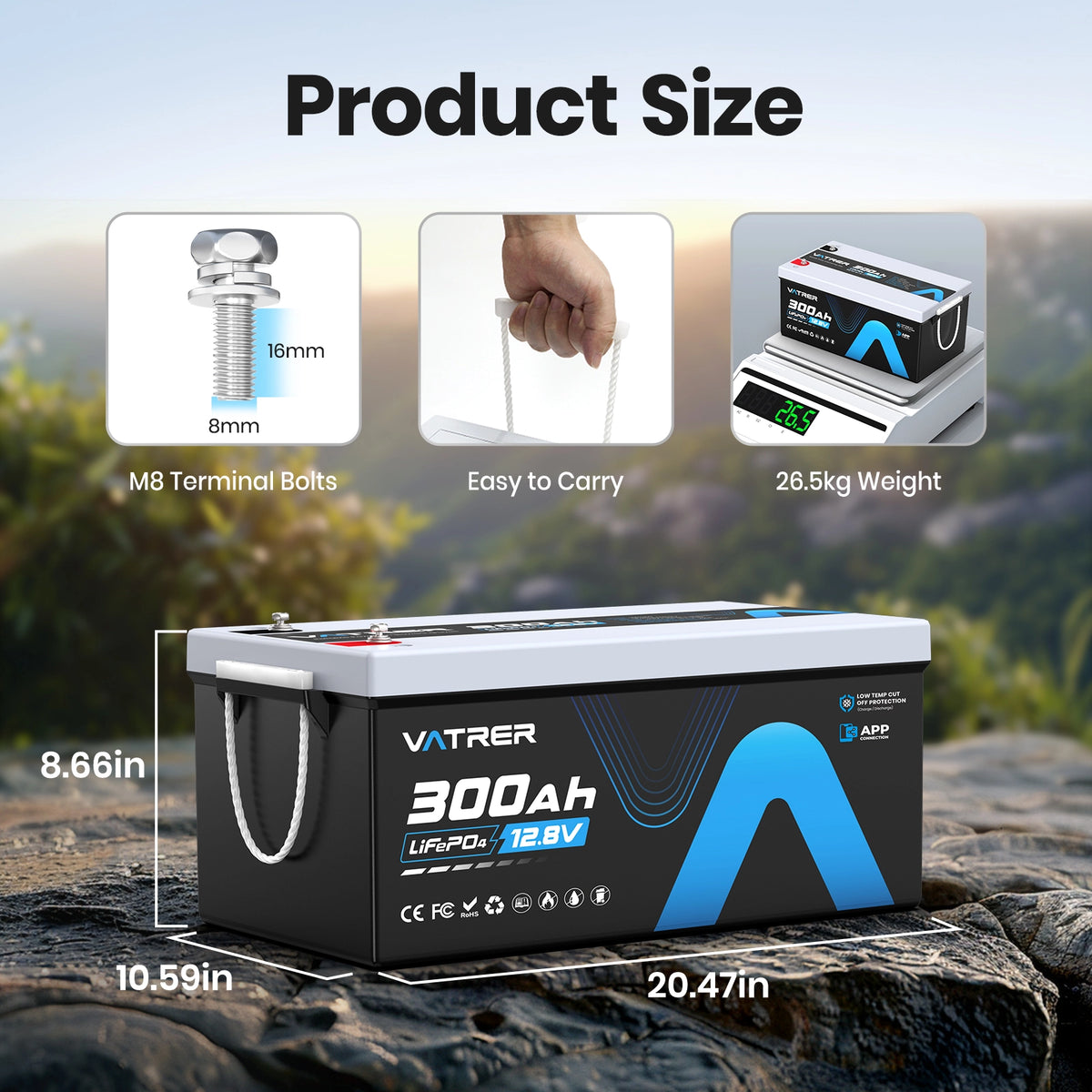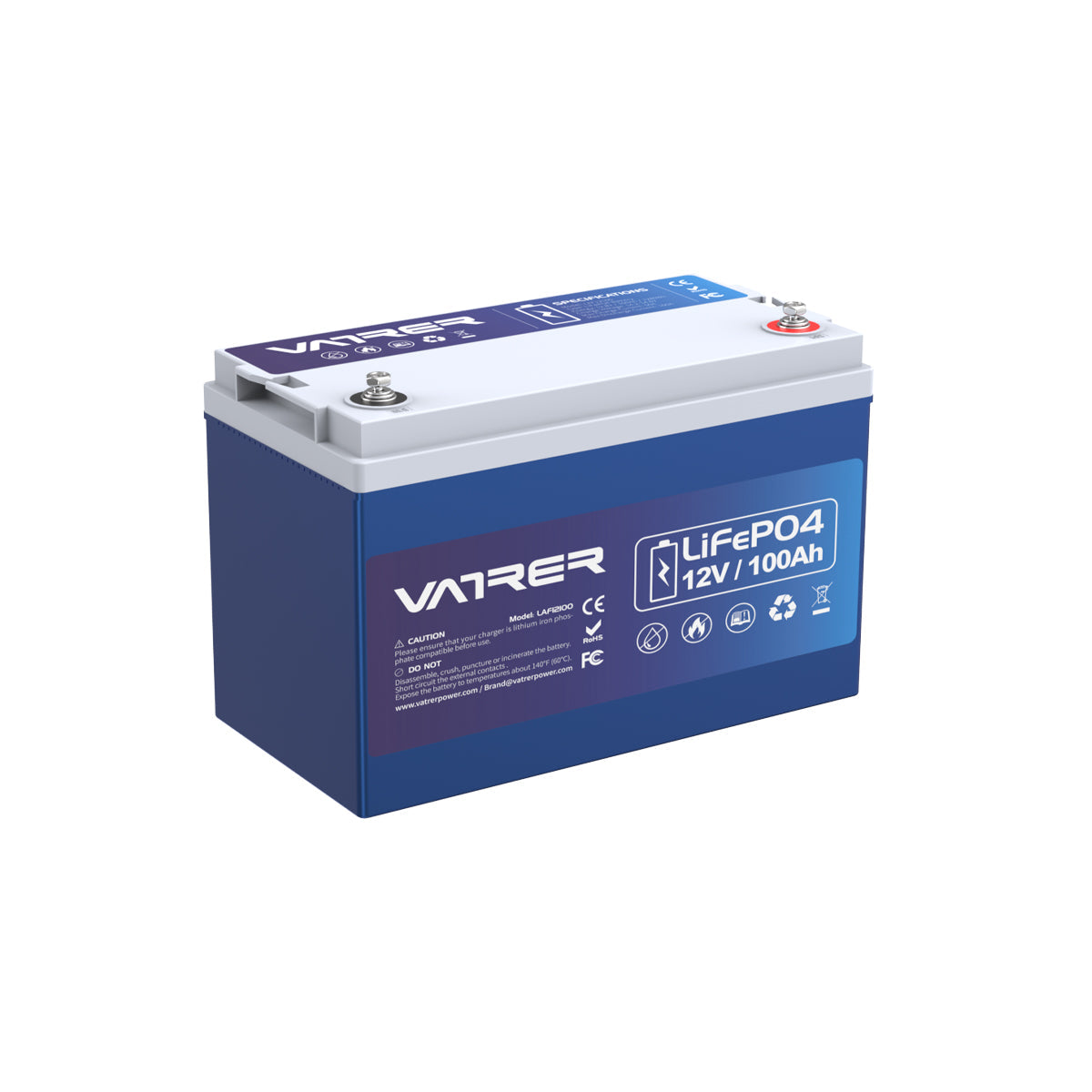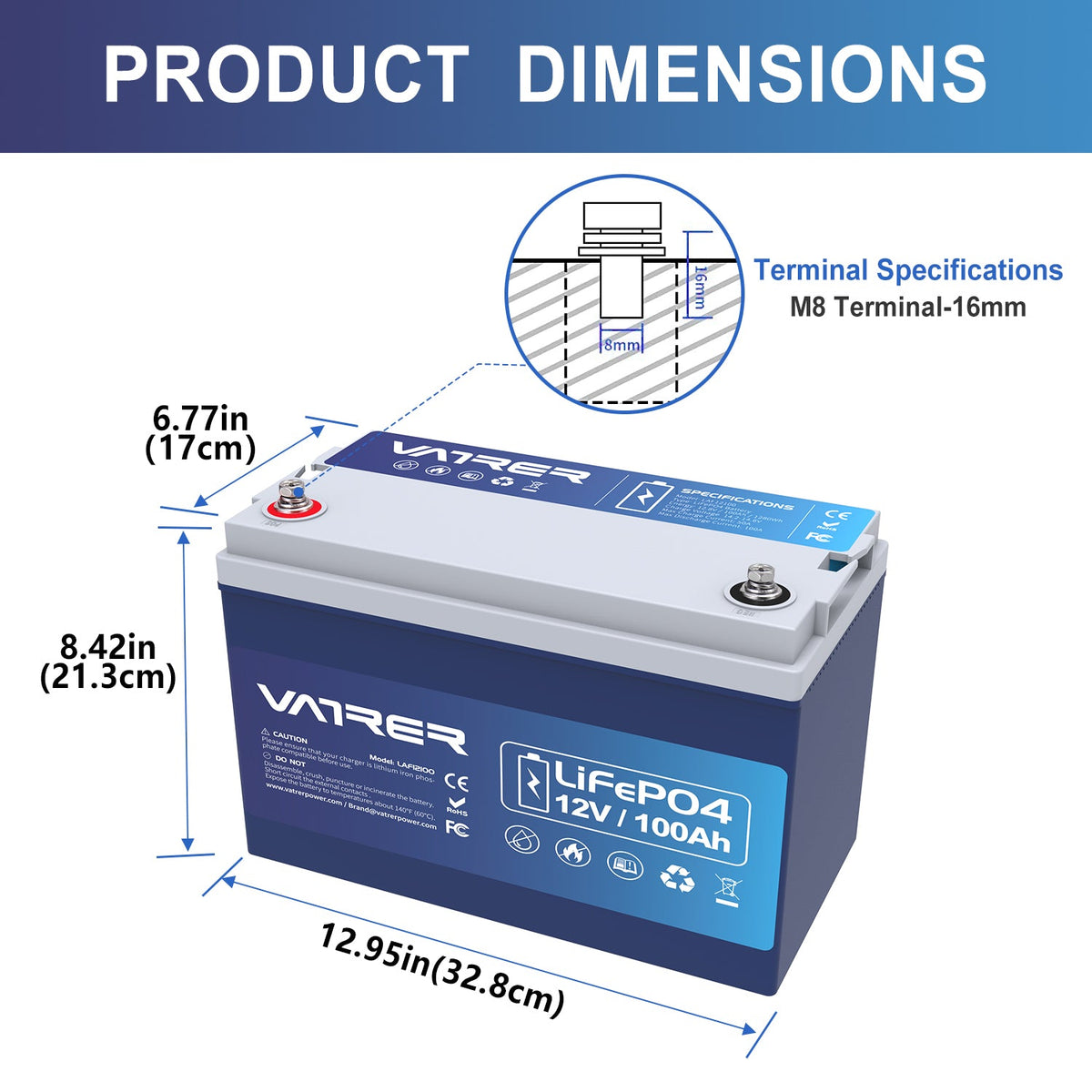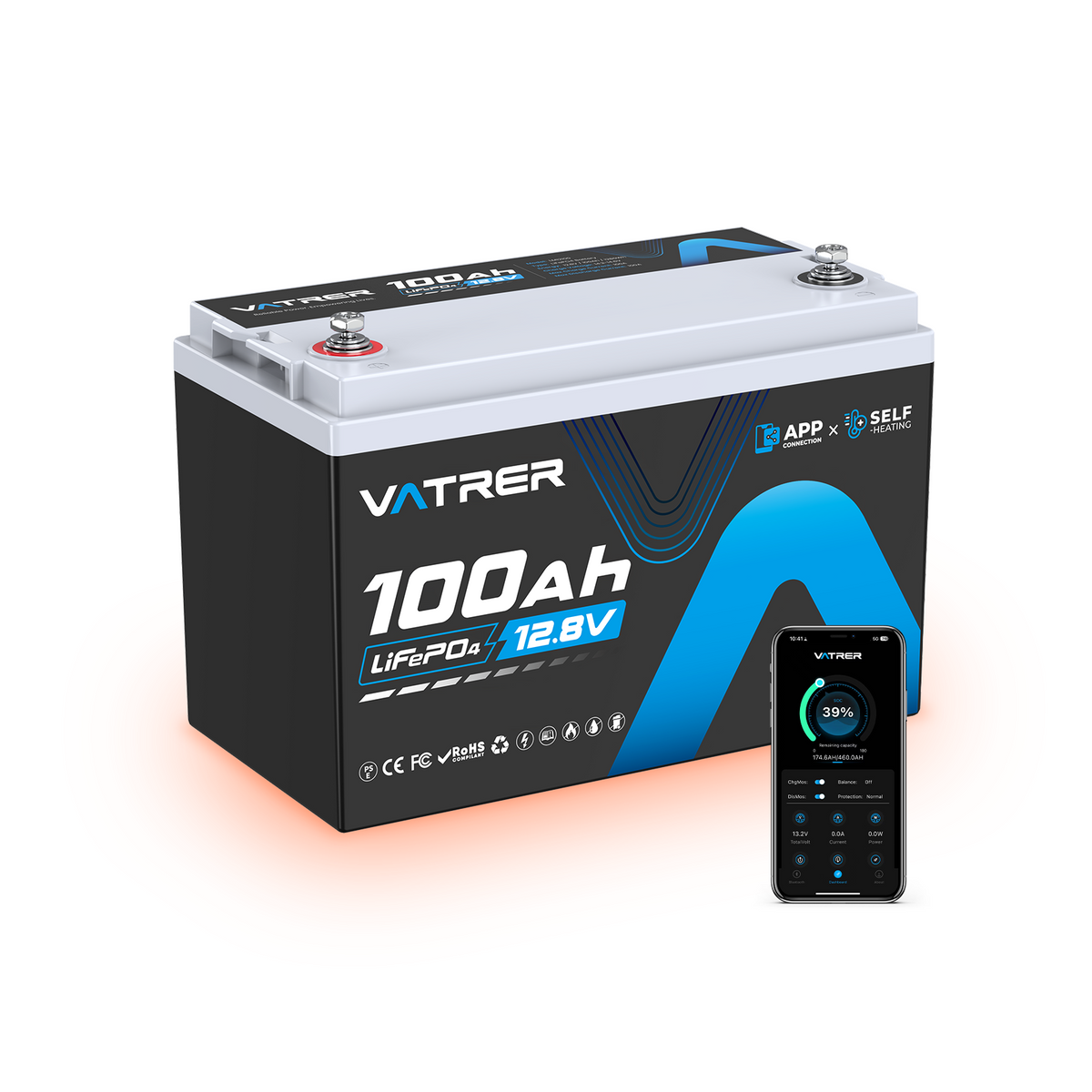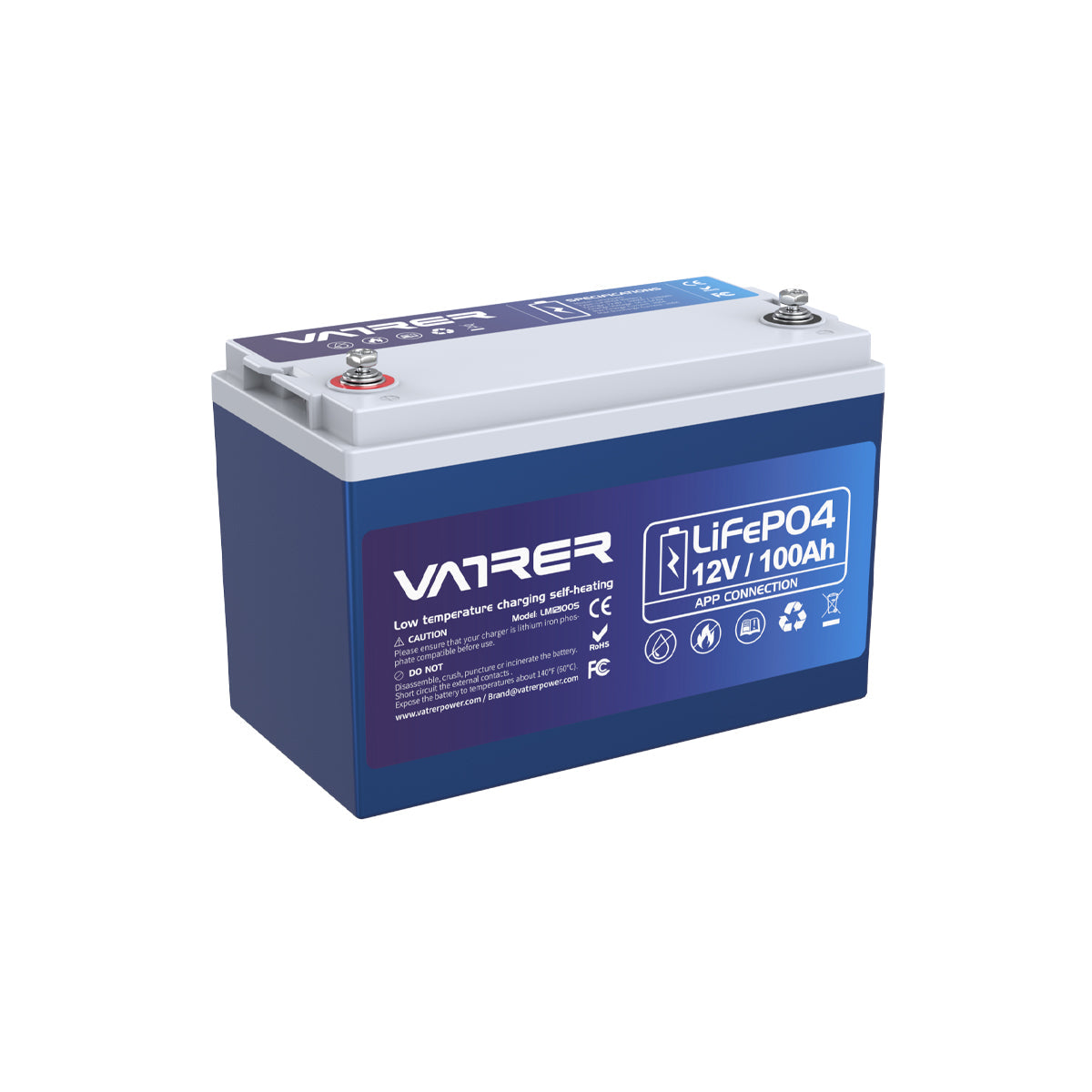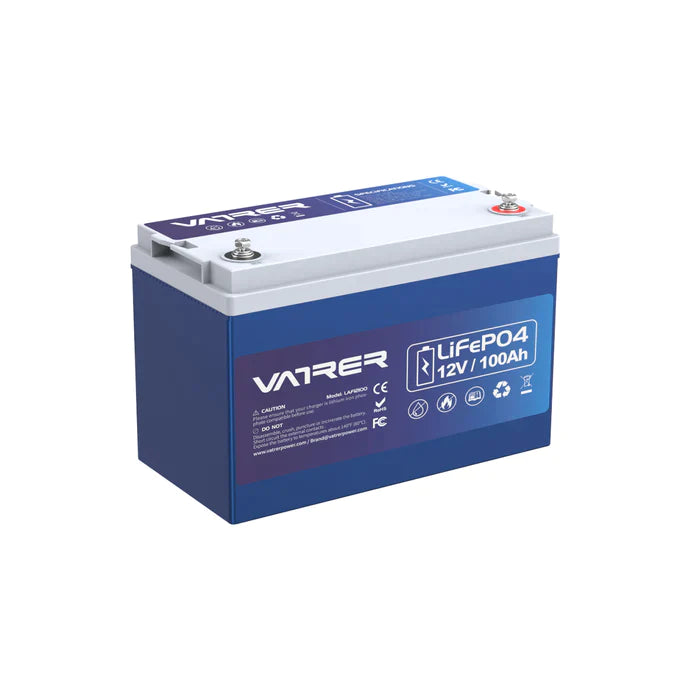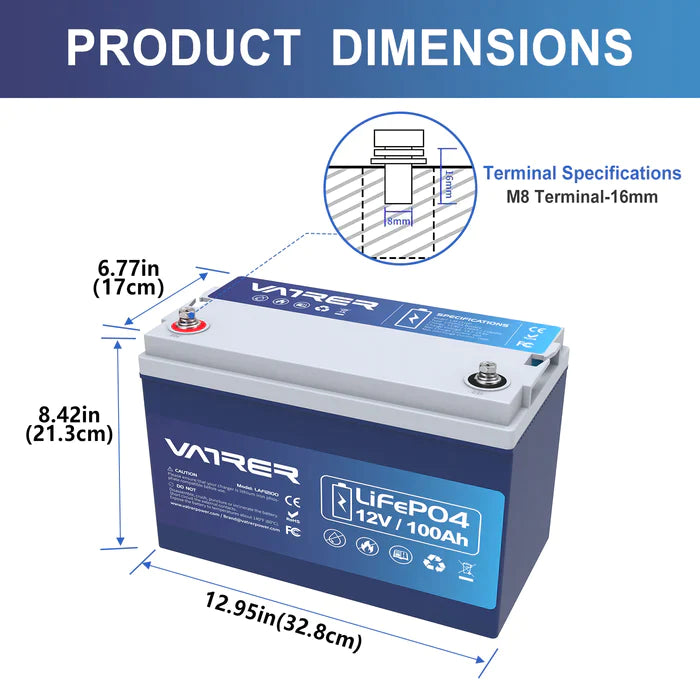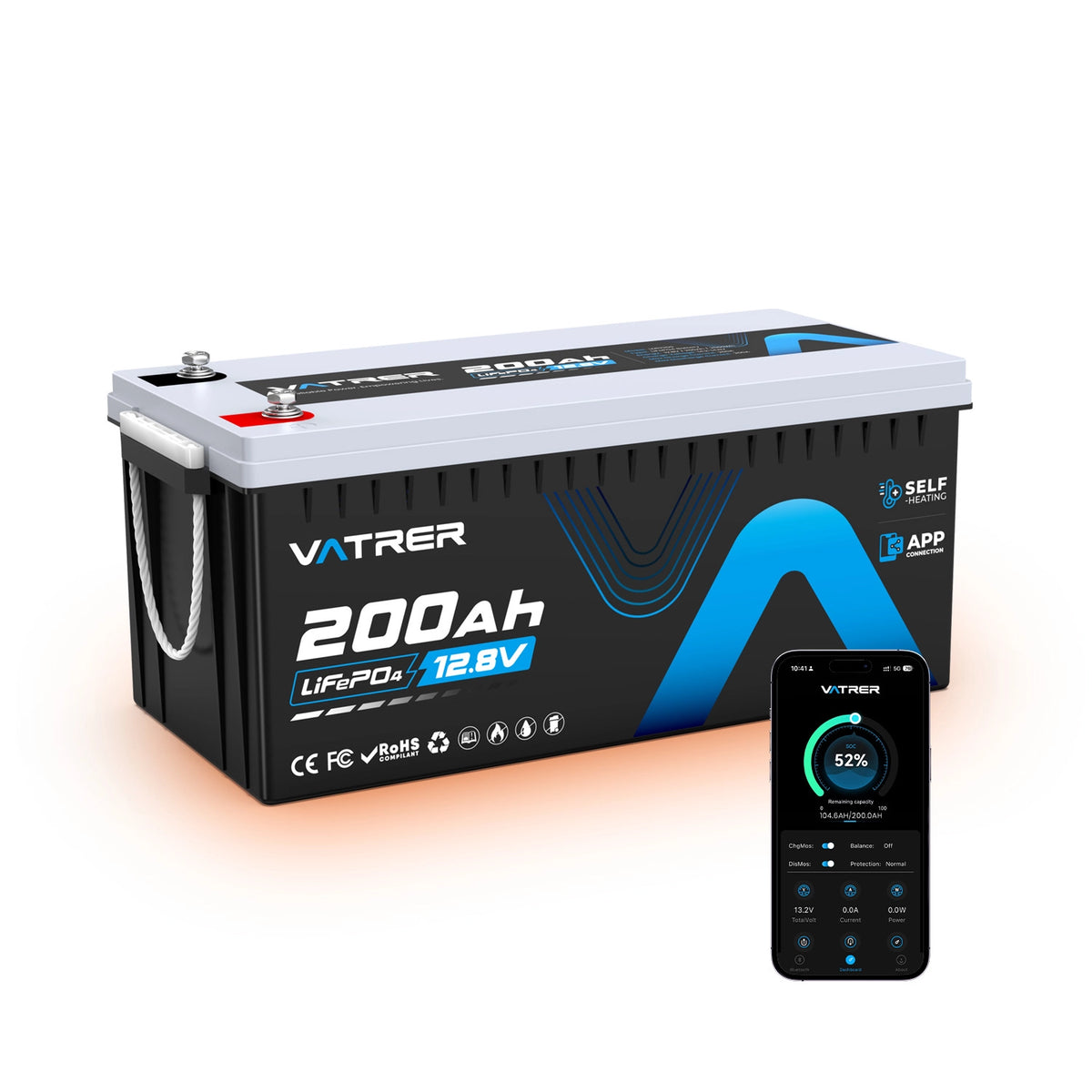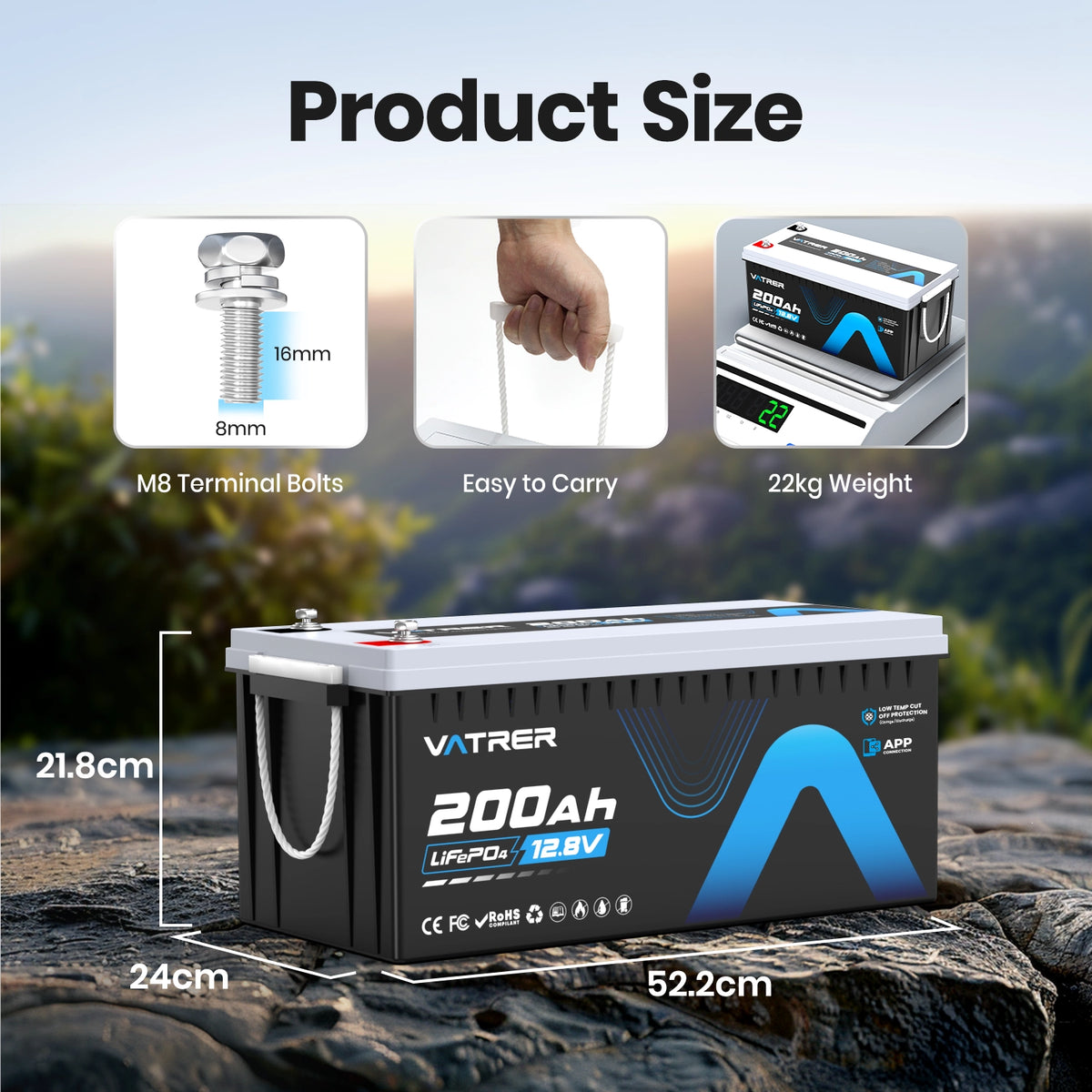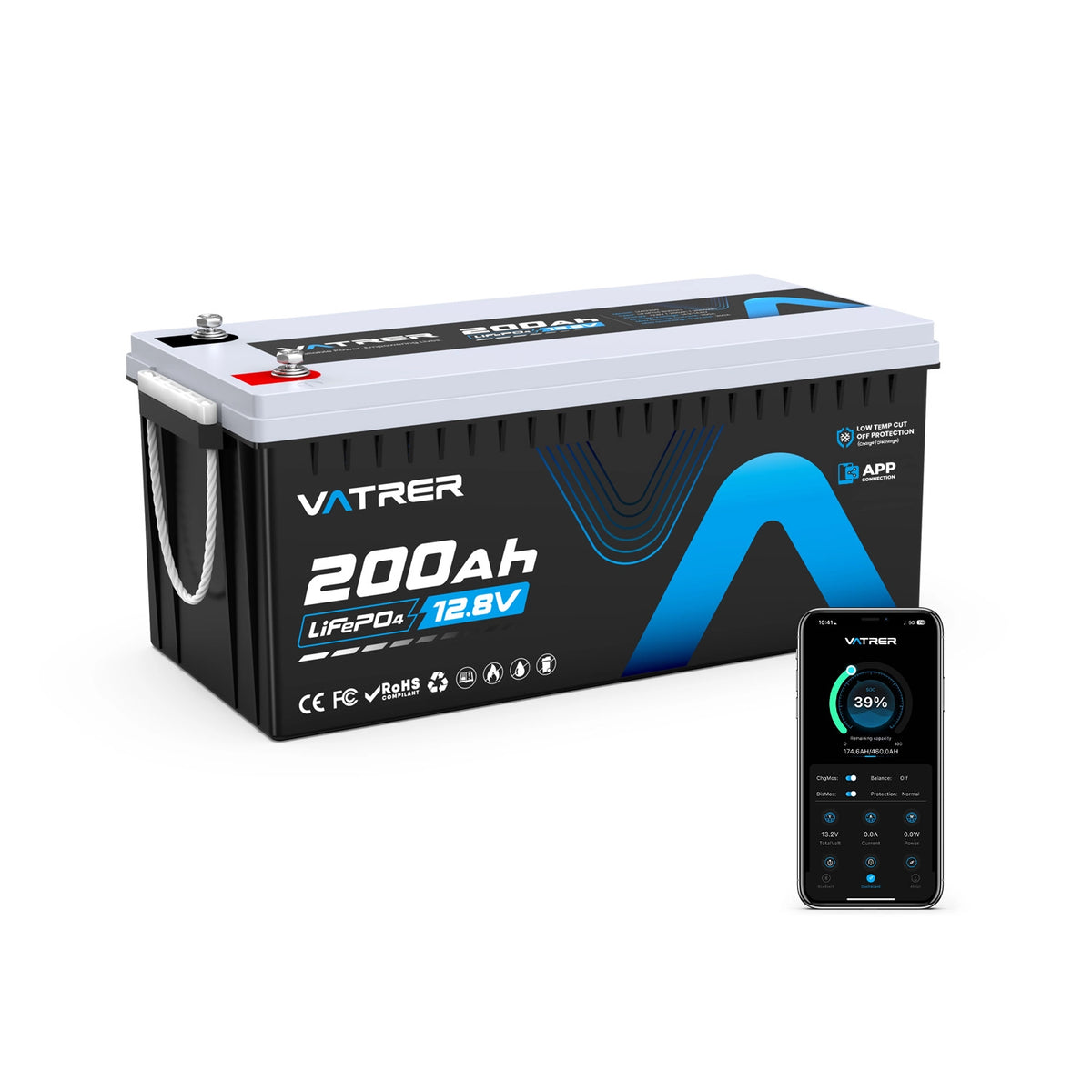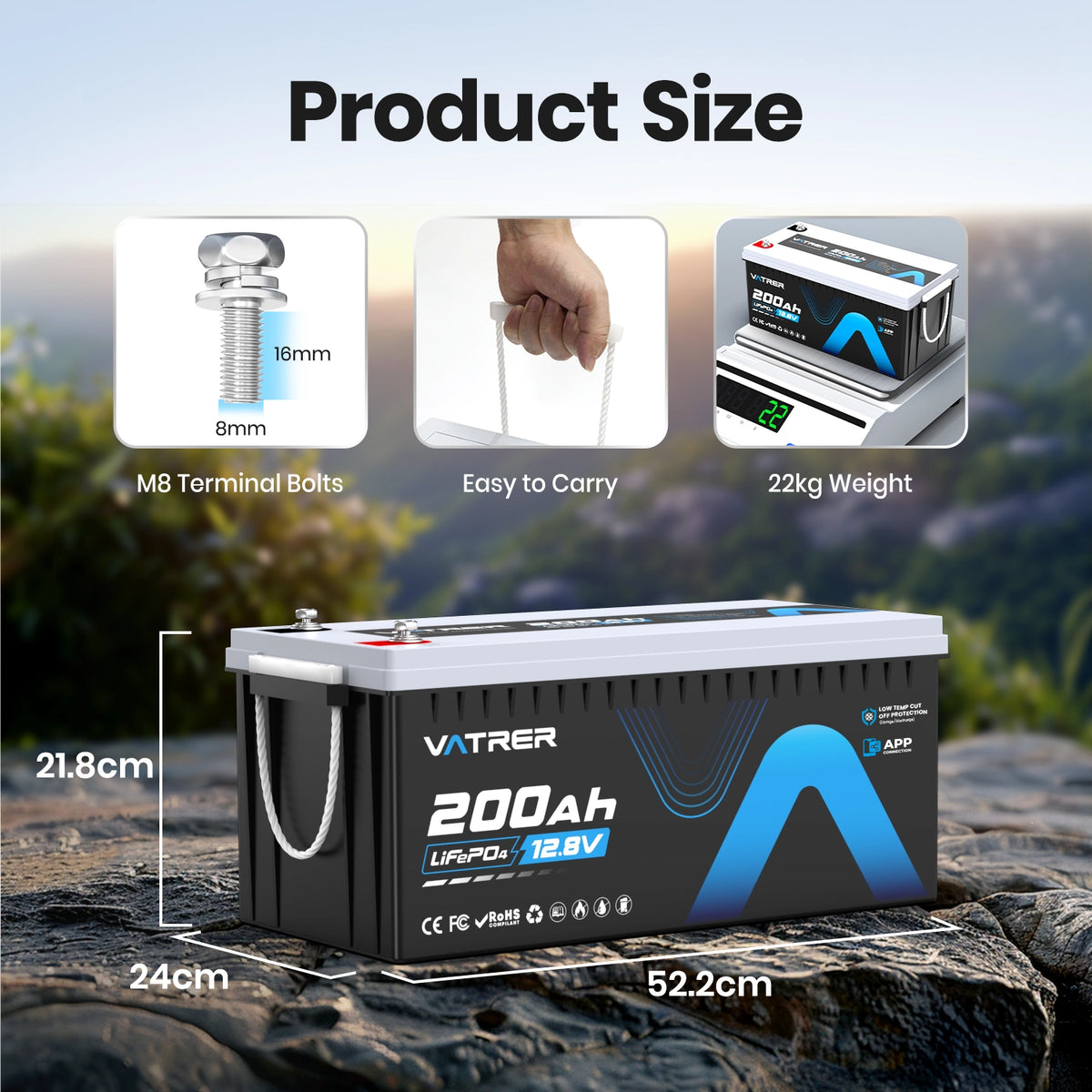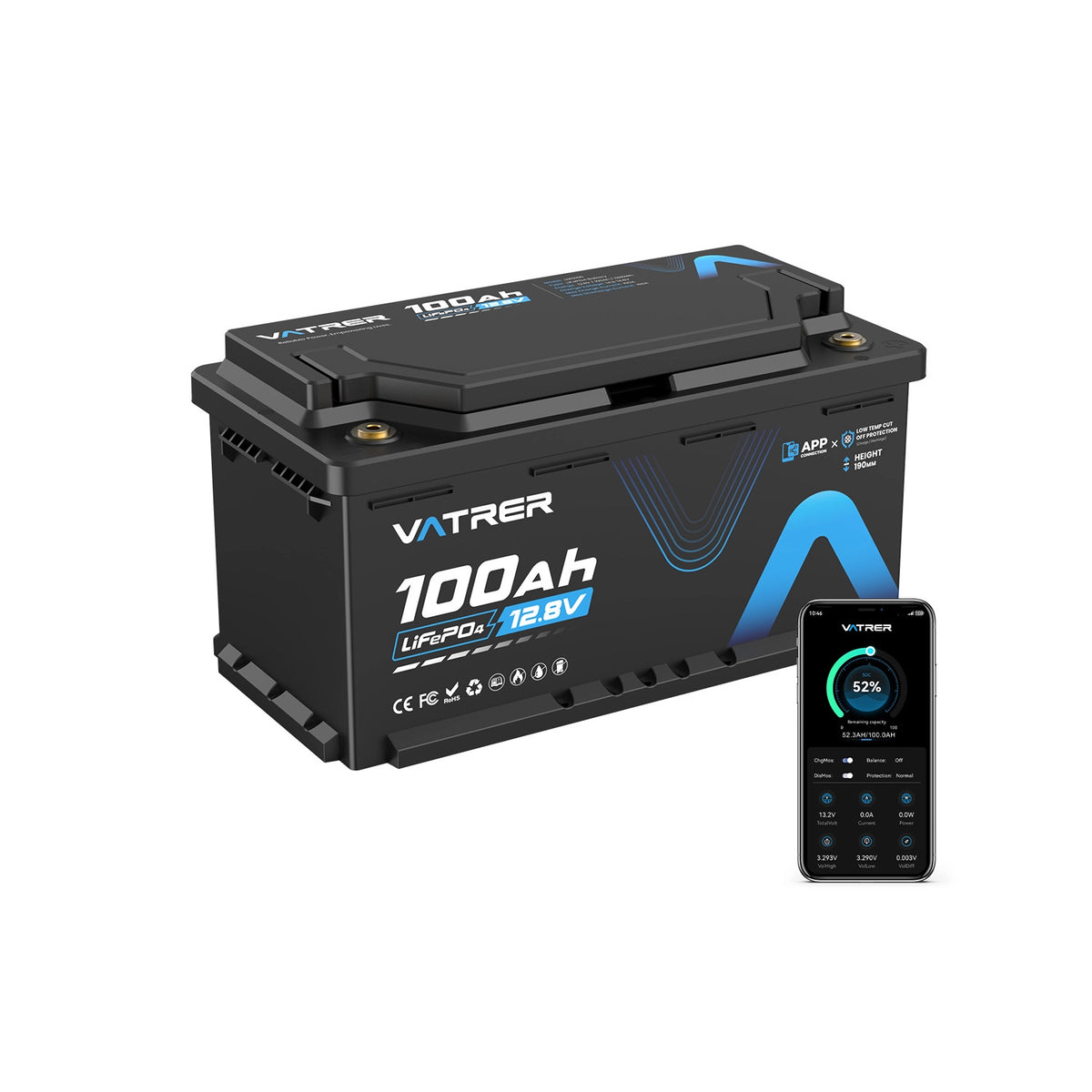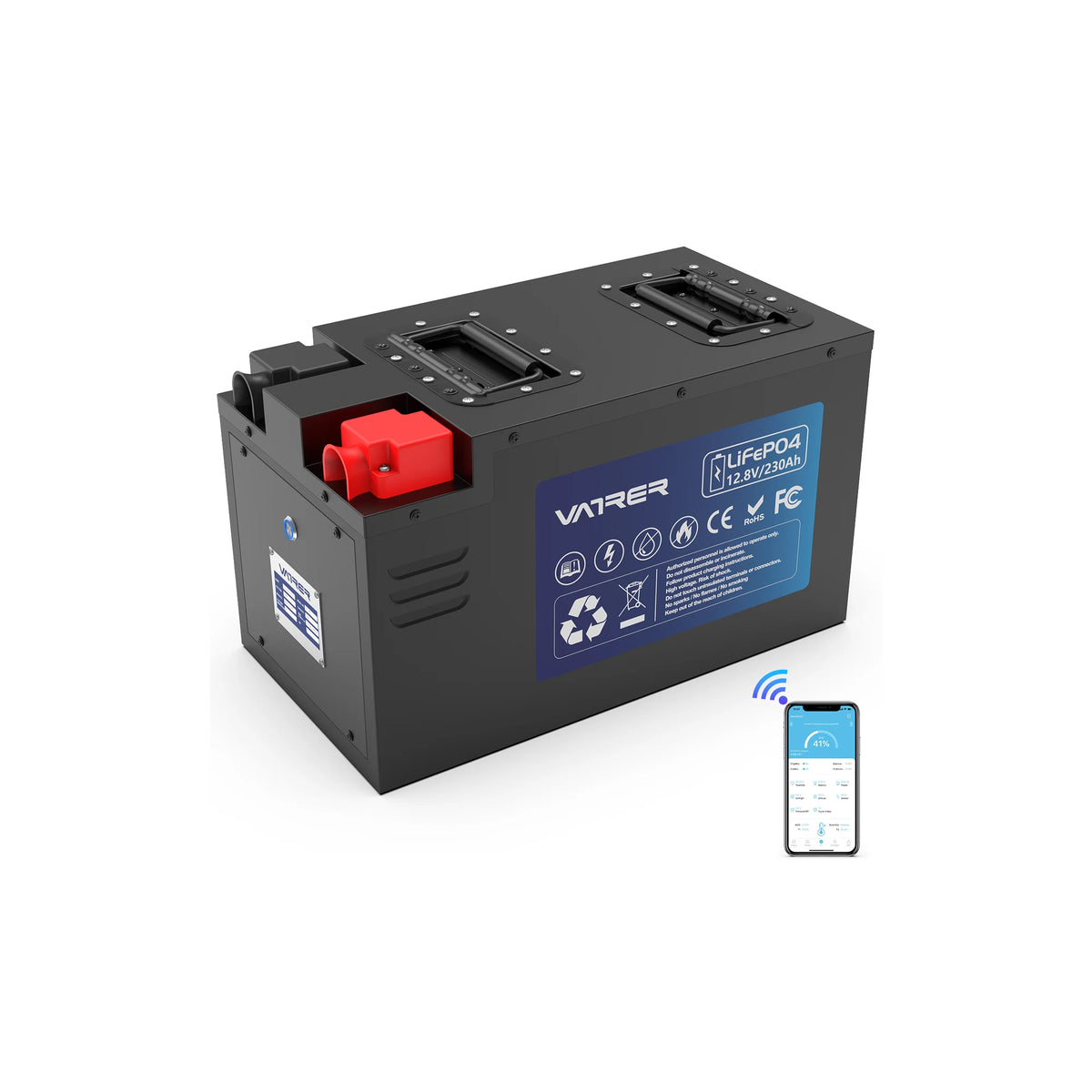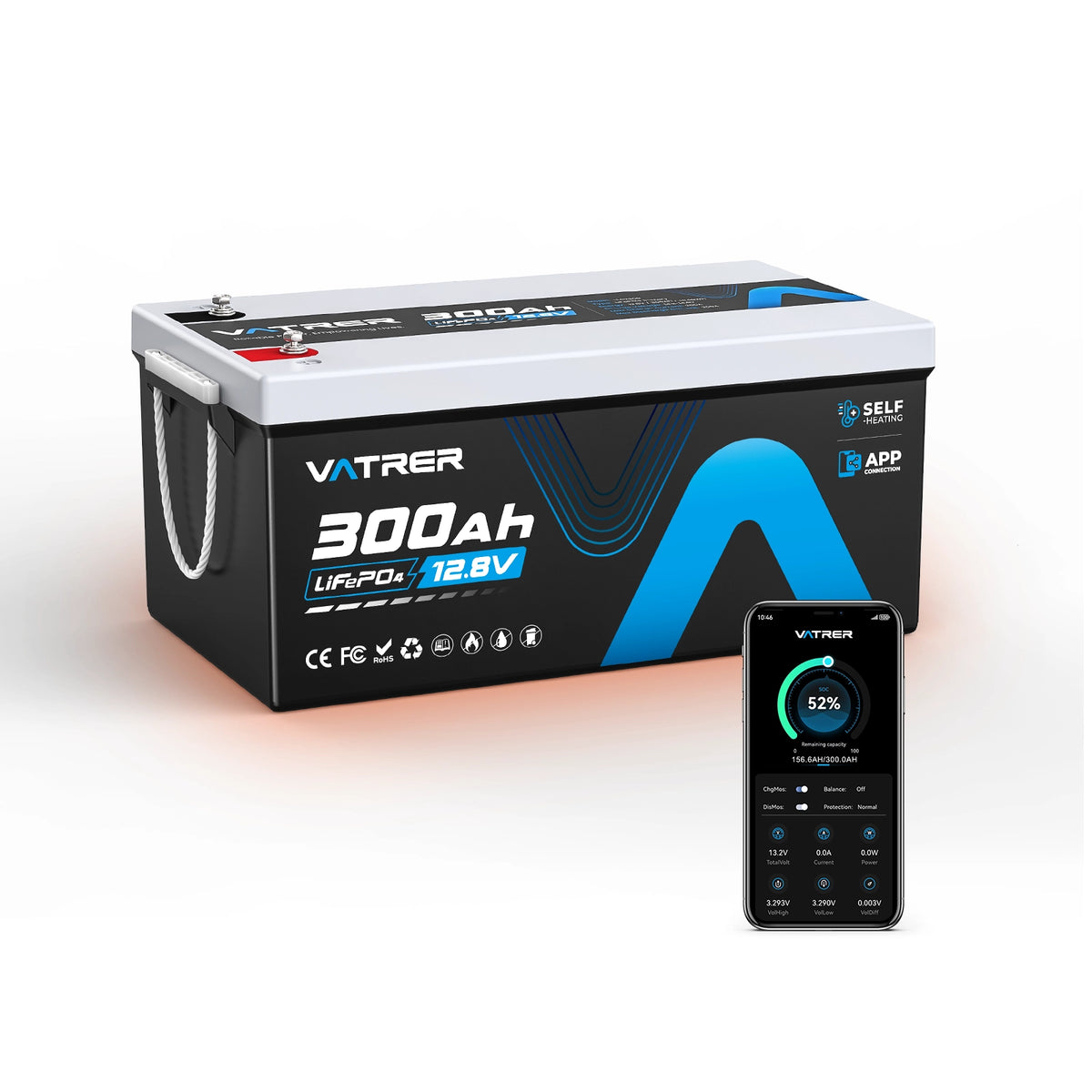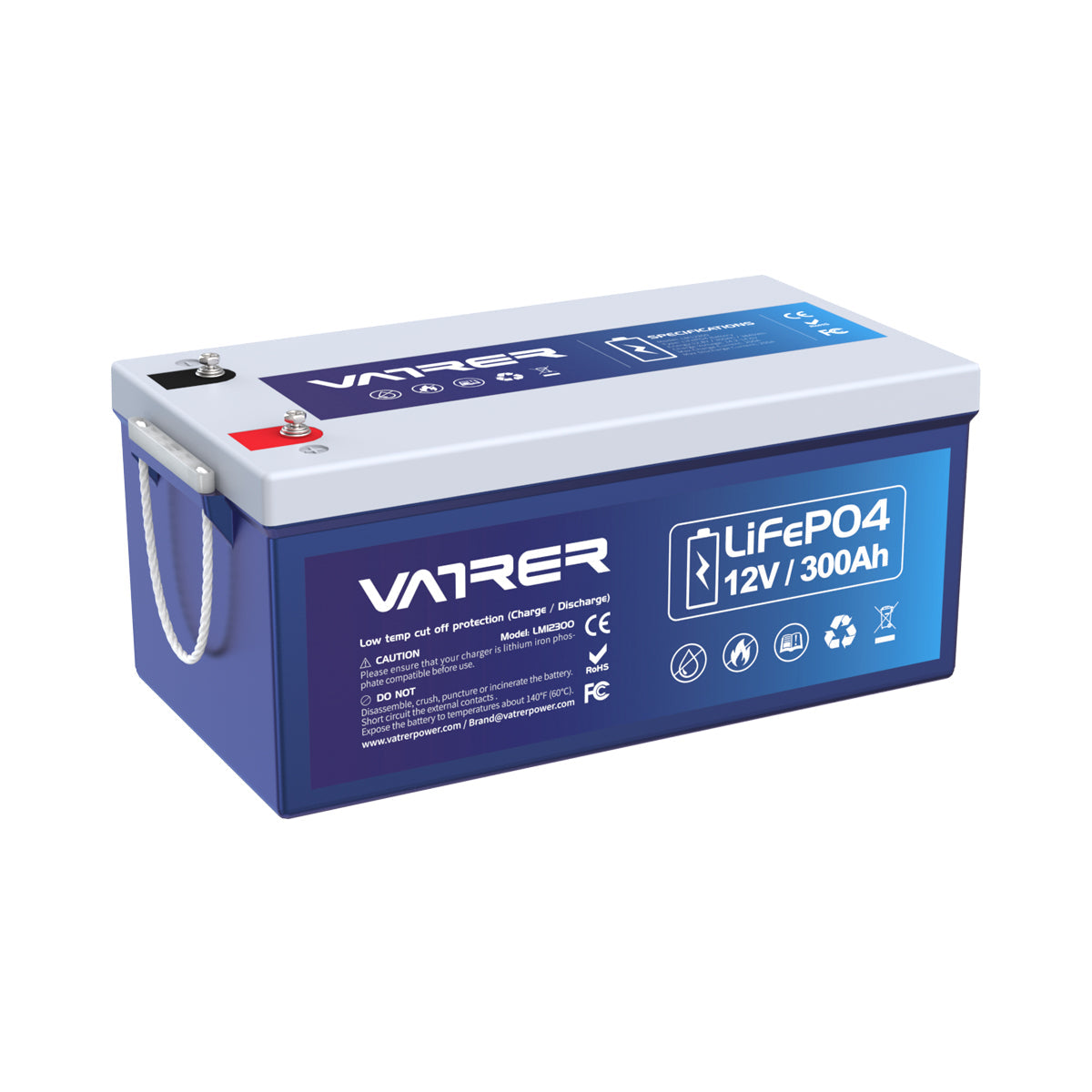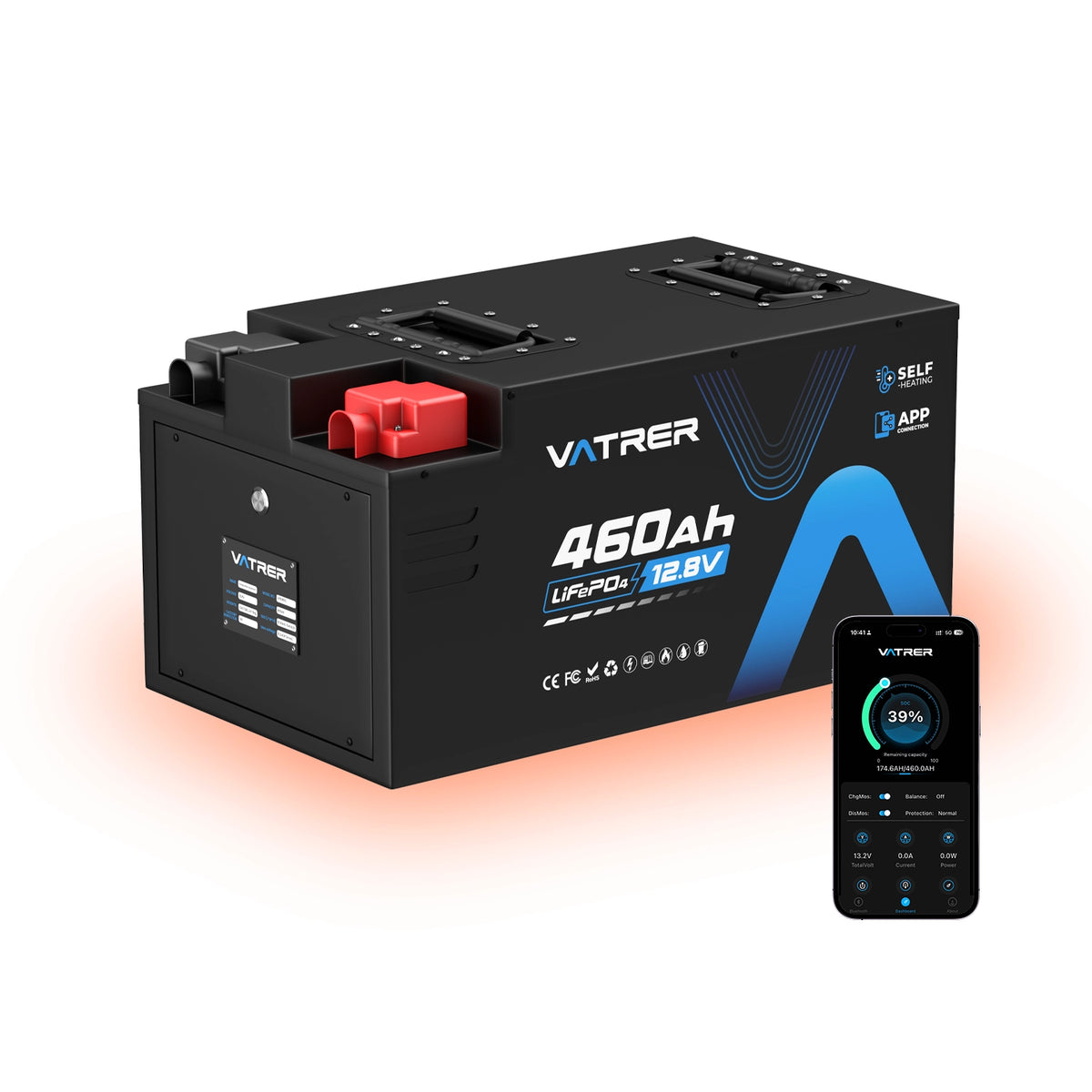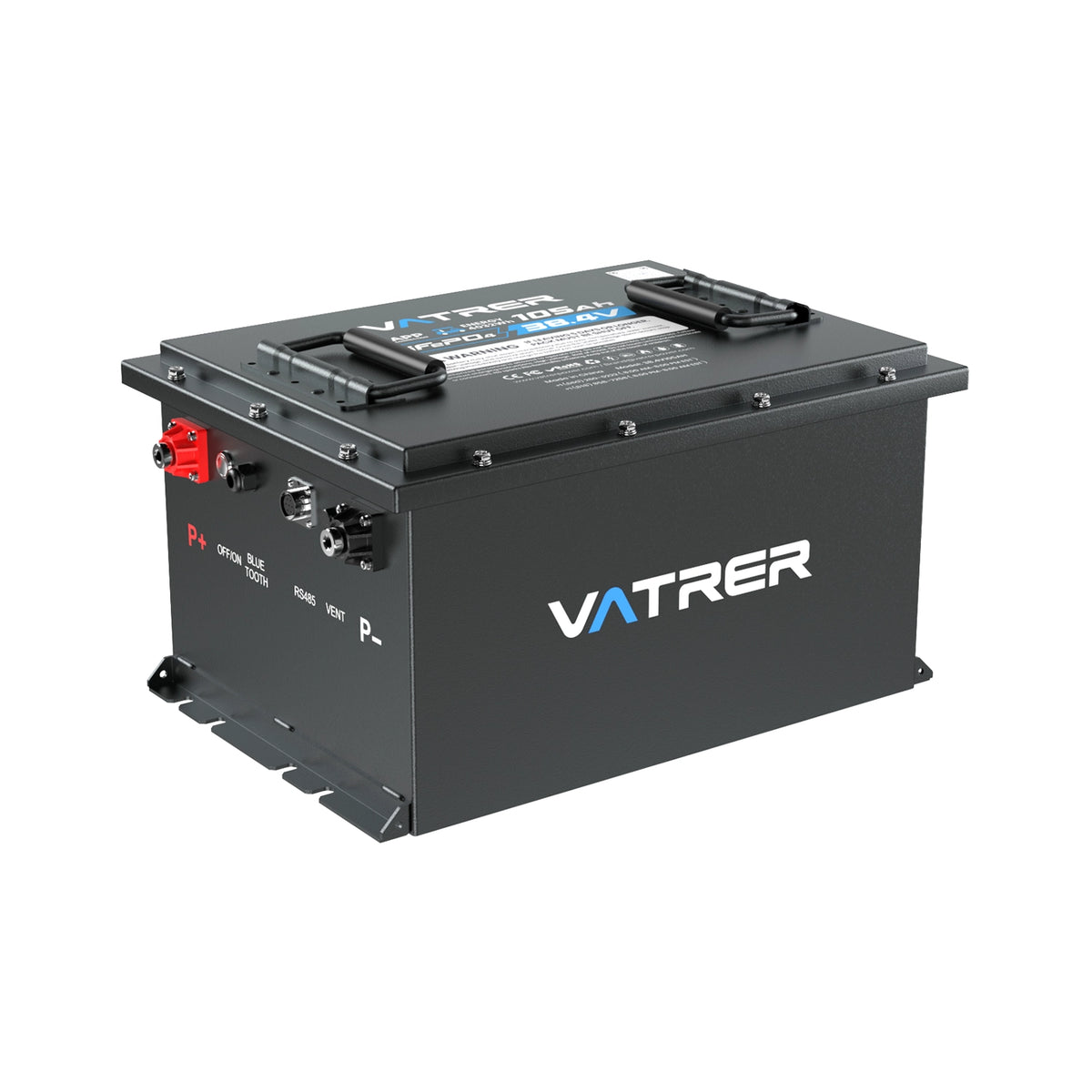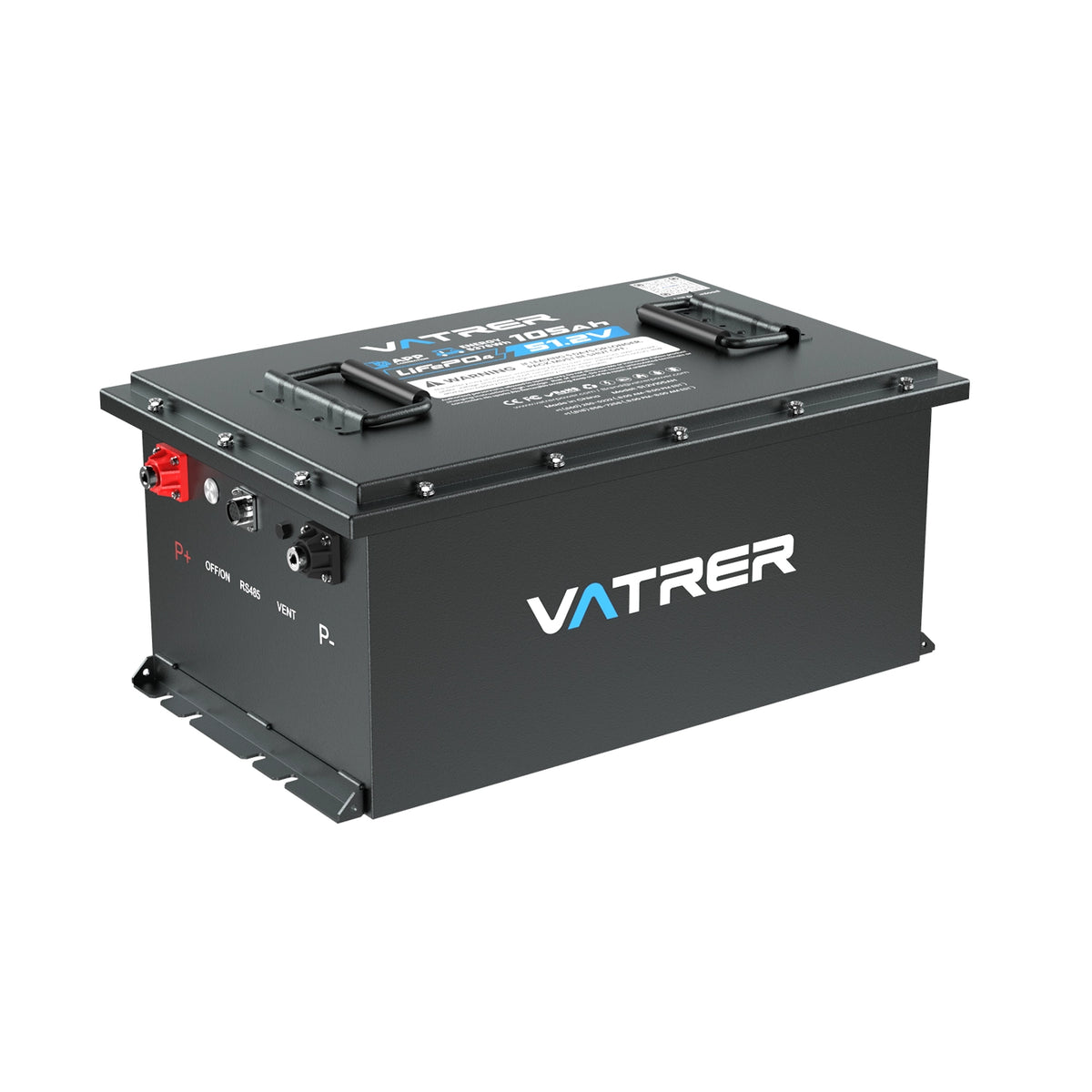Charging the chassis batteries in your recreational vehicle (RV) is a crucial maintenance task that ensures your vehicle is always ready for the road. Chassis batteries, which power the engine components of your RV, differ from house batteries that power the living quarters. Proper charging and maintenance can significantly extend their lifespan and reliability. Here’s a detailed guide on how to effectively charge your RV’s chassis batteries, focusing on methods that RV users care about the most.
Understanding Chassis Batteries
Chassis batteries are typically lead-acid batteries designed to provide a large amount of current for a short duration to start an engine – similar to car batteries. These batteries are pivotal for the operation of starting the RV and running basic vehicular functions such as lights, ignition systems, and the dashboard interface.

When to Charge Chassis Batteries
Chassis batteries should be charged:
-
Regularly, if the RV is not used frequently. Prolonged inactivity can cause batteries to discharge.
-
When the voltage drops below 12.4 volts, indicating they are not fully charged.
-
After extended periods of storage, regardless of the last charge, to counteract any natural discharge.
How to Charge RV Chassis Batteries
1. Using an External Charger:
- Choose the Right Charger: Select a charger that matches the specifications of your battery, typically a 12-volt charger for chassis batteries. Ensure that the charger has settings for lead-acid batteries.
- Connecting the Charger: Safely attach the charger’s positive clamp to the battery’s positive terminal and the negative clamp to the battery’s negative terminal.
- Setting the Charger: Set the charger to a slow or trickle charge setting to avoid overcharging, which can reduce the battery’s lifespan. According to The Family Handyman, a slower charge is more beneficial for the health of the battery.
- Monitoring the Charge: Keep an eye on the charging process. Most modern chargers have an automatic shut-off feature when the battery is fully charged, but it’s good practice to check periodically.
2. Using the RV’s Built-in Charging System:
- While Driving: Simply driving your RV regularly can help keep the chassis battery charged, as the alternator charges the battery just like in a car.
- Shore Power: When parked, connecting your RV to an external power source (shore power) can also charge the chassis battery if your RV is equipped with a battery isolator or similar system that directs some of the incoming current to the chassis battery.
3. Solar Panels:
- Installation of Solar Panels: Installing solar panels can be an efficient way to maintain and charge your chassis batteries, especially if you park your RV for extended periods in sunny locations.
- Regulator/Controller: It’s crucial to use a charge controller designed for your specific battery type to prevent overcharging.
Maintenance Tips for Chassis Batteries
-
Regular Cleaning: Keep the battery terminals clean from corrosion. A mixture of baking soda and water can be used to clean any corrosion from the terminals, enhancing conductivity.
-
Fluid Levels: Ensure the fluid levels in the batteries are adequate, especially if they are not sealed.
-
Inspect Regularly: Frequently check the battery for any signs of wear or damage, especially before long trips.
Conclusion
Properly charging your RV’s chassis batteries is essential for ensuring your vehicle operates smoothly without unexpected power failures. By following the outlined methods—using an external charger, utilizing the RV’s built-in system, or opting for solar panels—you can maintain optimal charge levels and extend the life of your batteries. Regular maintenance and vigilant monitoring of the battery’s condition and charge level will help you enjoy a reliable and worry-free RV experience.







